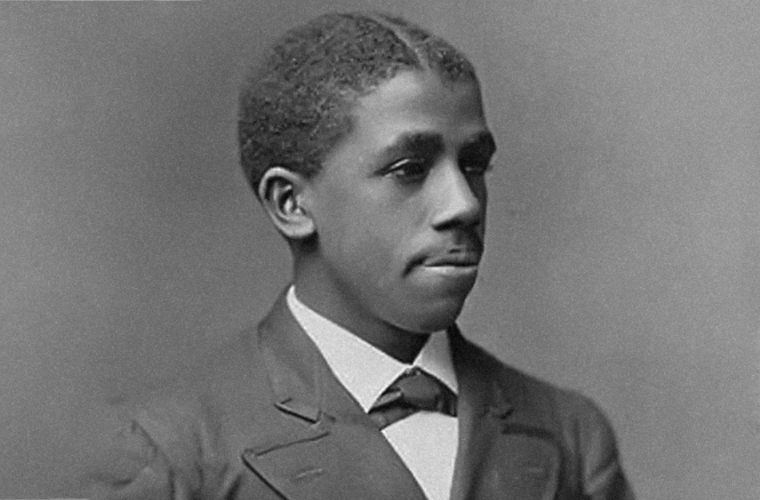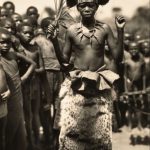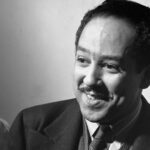Henry Blair: Inventive Farmer and Pioneering Inventor
Early Life and Family: Henry Blair, born around 1807 in Montgomery County, Maryland, was an African American farmer and inventor. Little is known about his early life, including details about his family background or upbringing. As an African American in the 19th century, Blair faced challenges due to the prevailing racial inequalities and slavery in the United States.
Education and Agricultural Pursuits: Despite limited access to formal education, Henry Blair became a successful farmer with a keen interest in agriculture. He recognized the need for innovation in farming practices to improve efficiency and productivity. Blair’s commitment to learning and experimentation became a driving force in his quest to make advancements in the agricultural sector.
Inventions and Technological Breakthroughs:
- Seed-Planting Machine: Henry Blair’s most notable invention was a seed-planting machine that he patented on October 14, 1834, and again on August 31, 1836. Blair’s seed planter was a horse-drawn device equipped with a mechanism for dropping seeds at predetermined intervals. This invention aimed to streamline the planting process, saving time and labor for farmers.
- Second Patent for Cotton Planter: In 1836, Blair received another patent for an improved cotton planter. This innovation addressed the challenges of planting cotton seeds efficiently, further contributing to the agricultural productivity of the time.
Achievements and Recognition: Henry Blair’s inventions were groundbreaking in the context of 19th-century agriculture. While his contributions were significant, it is important to note that, as an African American inventor in a racially segregated society, Blair faced obstacles in gaining widespread recognition for his work.
Contribution to Society: Blair’s inventions had a direct impact on the agricultural practices of the time, particularly in the Southern United States where cotton was a major cash crop. His seed-planting machine and improvements to the cotton planter increased the efficiency of planting and harvesting, reducing the labor required and contributing to the economic viability of farming operations.
Legacy and Continued Impact: Henry Blair’s legacy as an inventive farmer and pioneer in agricultural technology endures. His innovations laid the groundwork for future advancements in farming machinery, setting a precedent for the role of technology in improving agricultural practices. Despite the challenges he faced, Blair’s contributions have become an integral part of the historical narrative of African American inventors and their impact on American agriculture.





